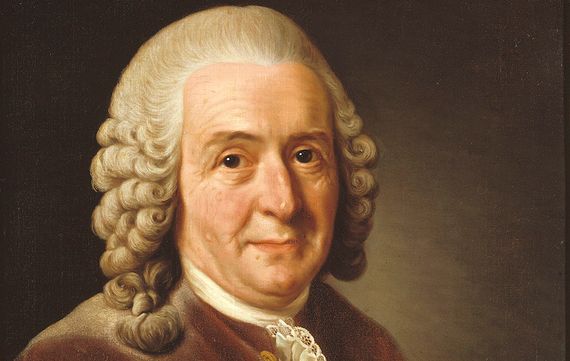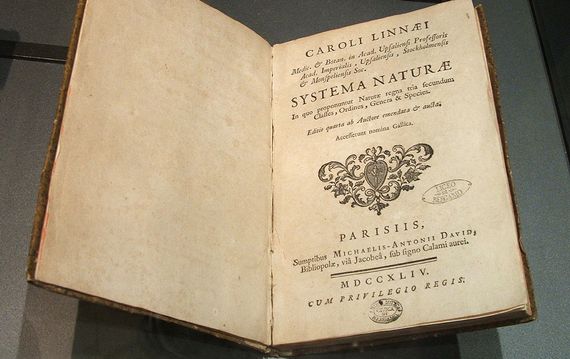The most consumed fish in the world is the European hake, also known as Cornish salmon or Herring hake. The Portuguese call it pescada, the Spanish merluza and the French colin, a multitude of common names to designate the same animal species, with identical characteristics in all places regardless of the language in which its inhabitants speak. This anarchy of names was a real obstacle for scientists to easily share their work before the eighteenth century, when Linnaeus had the great idea of designing a new system to name any living being. This Swedish botanist conceived the binomial nomenclature for animals and plants, by which each species has a unique and universal scientific name, a name formed by two words in Latin: that of the European hake is Merluccius merluccius.

Before the classification of Carl Linnaeus (1707-1778), some botanists called, for example, the common wild briar rose: Rosa sylvestris inodora seu canina, and others: Rosa sylvestris alba cum rubore, folio glabro. Linnaeus settled the argument by leaving it at Rosa canina. The first word is for the genus, which groups similar species, and the second to describe the specific species—something like the name and surname of a person, but placed in reverse order. At that time, species were classified relatively capriciously as wild or domestic, terrestrial or aquatic, noble or vulgar. For clarity, the name had to be based on something more precise, like its anatomical and physiological similarities.

The botanical catalog
The method of Linnaeus saved the naturalists from chaos in the epoch when they were beginning to explore Oceania and Africa and were continually discovering new species. Linnaeus’ botanical catalog, Systema naturae (1735), was a complete success that reached the 12th edition, with 2,300 pages that gathered more than 13,000 species of plants and animals. Within its pages, Linnaeus meticulously classified that collection, as if in folders and drawers: similar genera in the same order and similar orders in a class. His work correctly placed whales and bats within the class of mammals, until then considered fish and birds, respectively.

This system of nomenclature spread very fast. Many of the names that Linnaeus assigned continue to be in force and are distinguished by an “L.” that completes the binomial. Thus bay laurel is scientifically known as Laurus nobilis L. anywhere in the world. The names that were later modified by other authors retain the initial of the scientist who first described the species. There are still 12,000 names that maintain the letter L of Linnaeus at the end.
80 percent of species remain to be discovered
Later, his successors added kingdom, family, phylum and other divisions to the classification. They also noted the internal structure of living beings in order to group species efficiently. Today, according to the Catalogue of Life, the world’s most comprehensive database on living things, we have described 1.7 million species and each year the International Institute for Species Exploration publishes reports of nearly 20,000 more. At this rate, the taxonomists will have work for another 400 years if the most optimistic calculations are confirmed that indicate that at least 80% of the total number of species on Earth remain to be discovered.

Linnaeus facilitated the enormous task of ordering and naming living beings by reviving and consolidating taxonomy, the ancient idea of classifying nature that the Greek philosopher Aristotle had already begun some 2,300 years earlier. The Swede summed up his achievement in one sentence: “God created, Linnaeus ordered.” He also defined himself as the prince of botanists and named his own species Homo sapiens (wise man), although he included it—with much objectivity and scientific judgment—in the primate branch, along with monkeys. He even thought that his classifications would reveal some kind of divine order to the universe. However, seeing its outline, so clean, clear and simple, with thousands and thousands of species emerging out of a few common trunks, had an unexpected effect. It inspired some naturalists, like Erasmus Darwin (grandfather of Charles Darwin), to come up with an idea that did not fit into the plans of Linnaeus: the evolution of species.
Comments on this publication